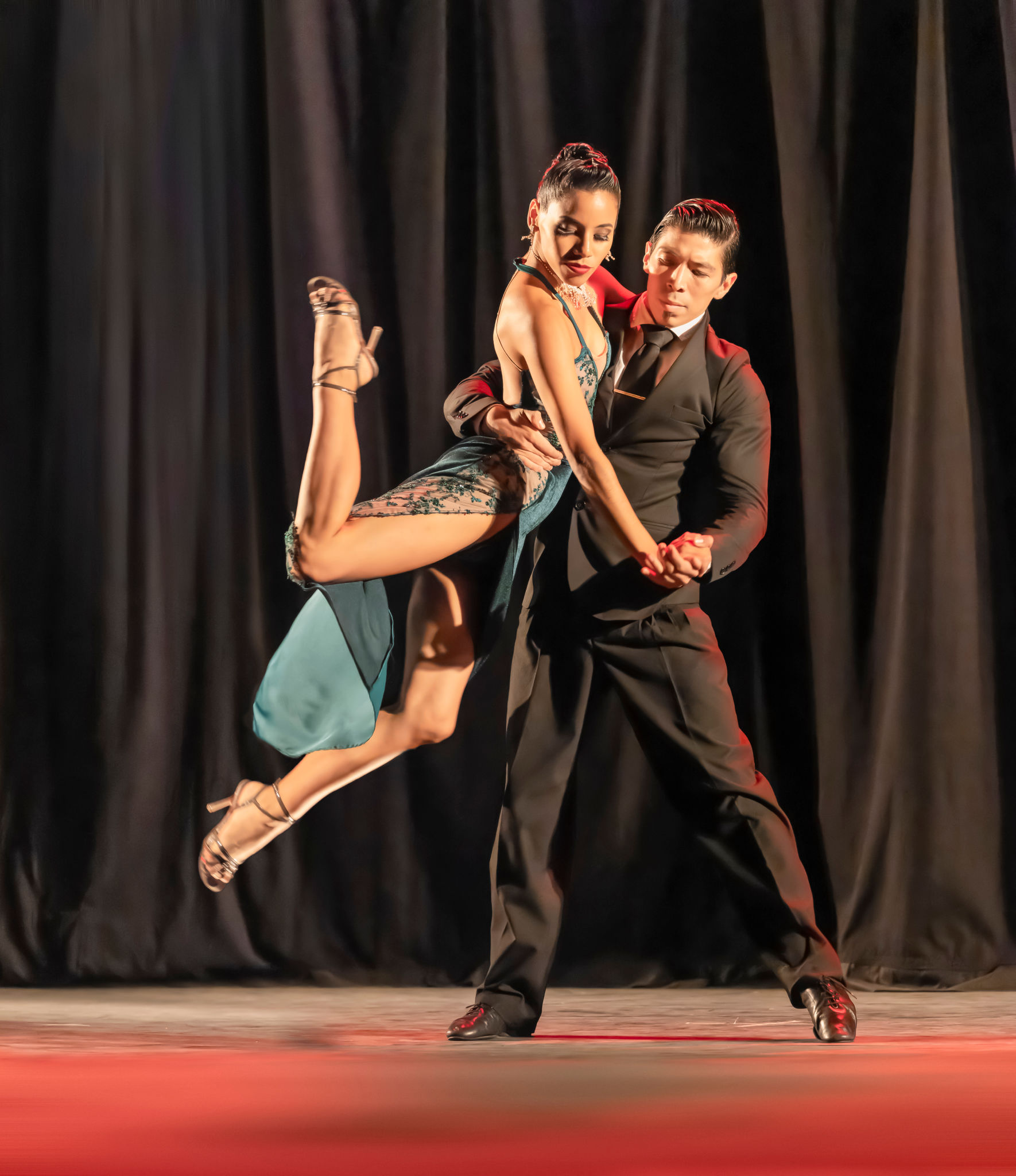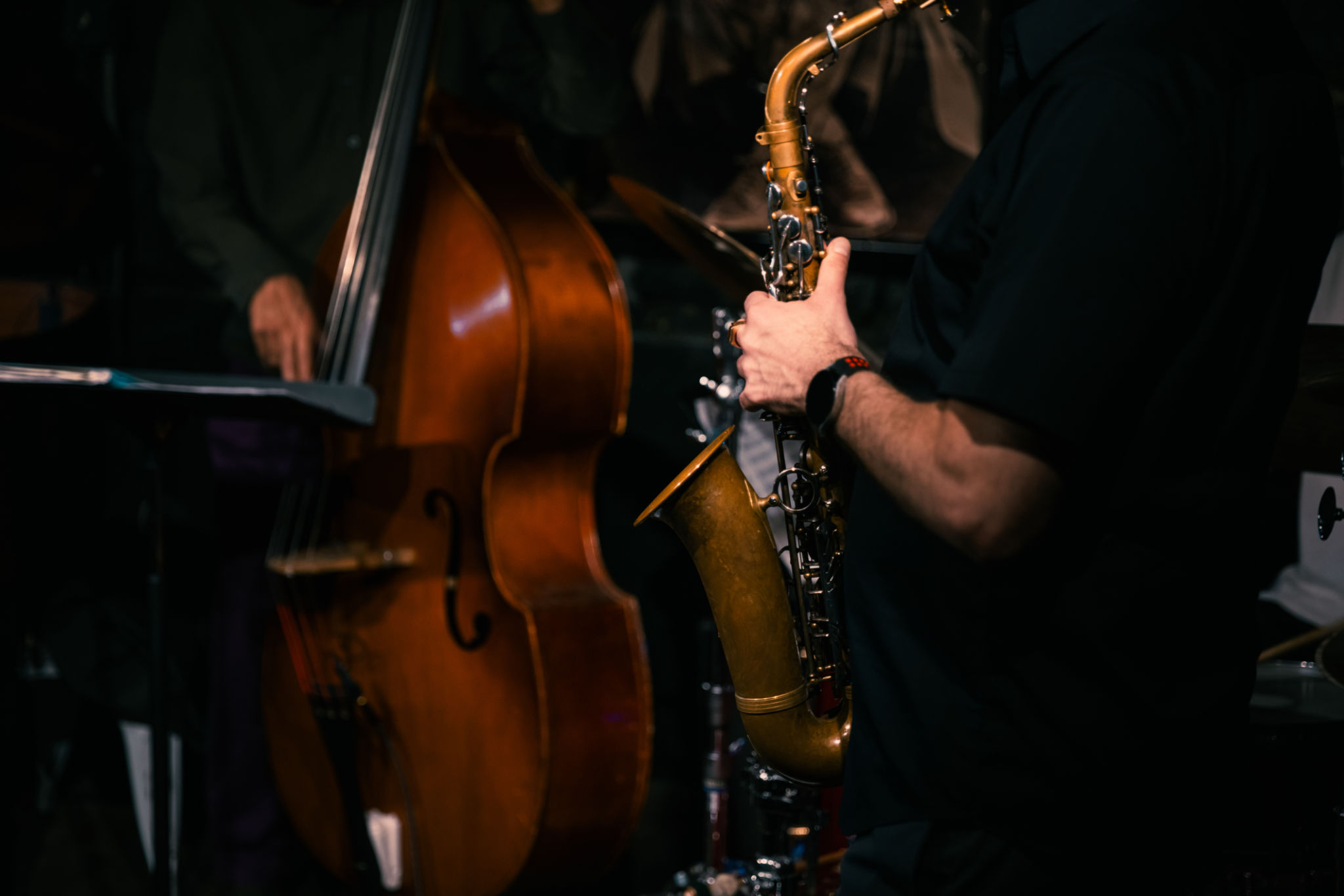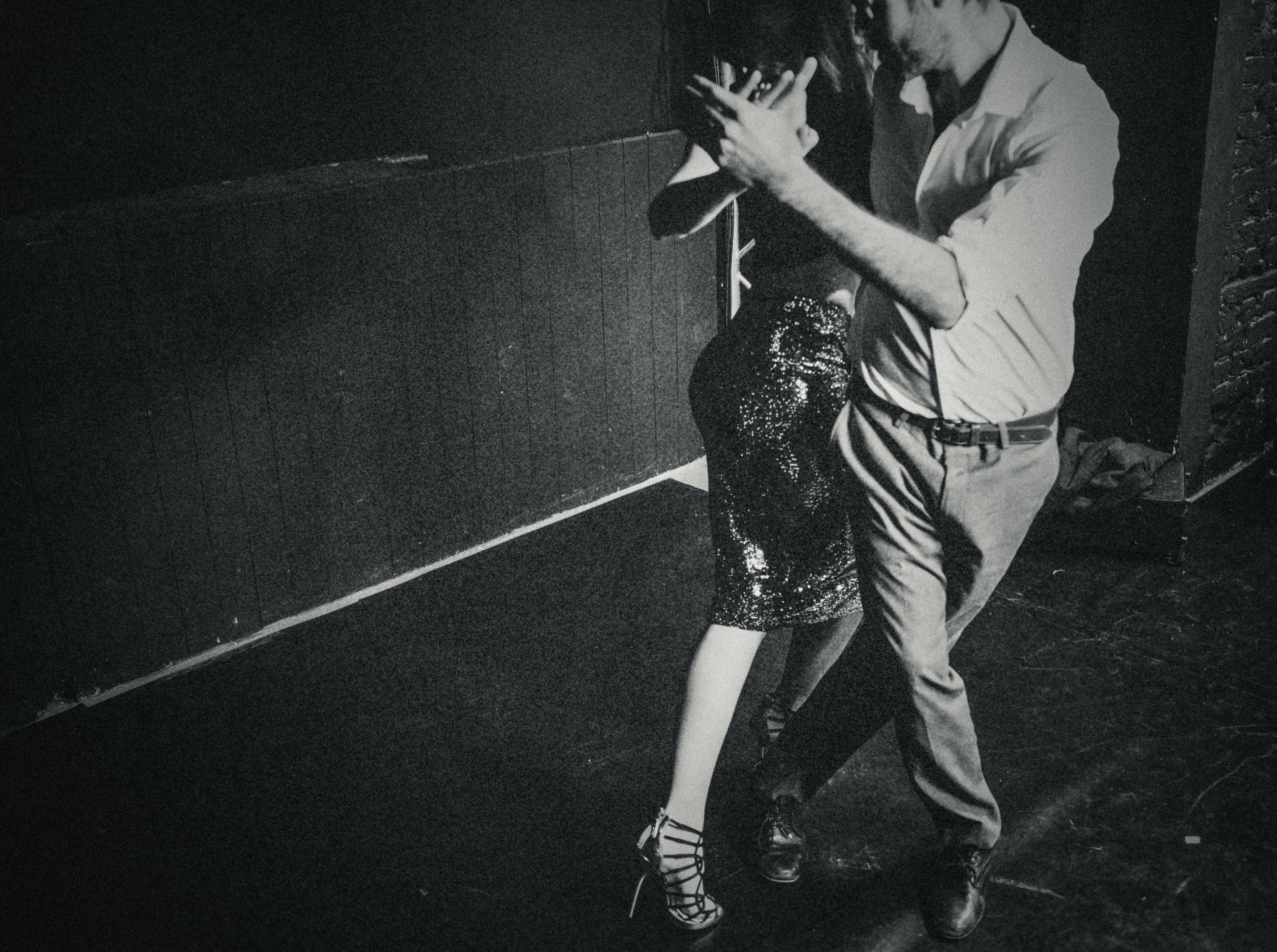Exploring the Cultural Roots of Tango Dance in the United States
The Origins of Tango
The tango dance, often associated with Argentina, has deep cultural roots that extend far beyond its South American origins. It is a dance of passion and intensity, embodying a rich tapestry of cultural influences. The journey of tango to the United States is a testament to the dance's universal appeal and adaptability.
Originally emerging in the late 19th century, tango was born in the working-class neighborhoods of Buenos Aires. It was influenced by a melting pot of cultures, including African, Indigenous, European, and Creole traditions. This diverse background gave tango its unique rhythm and flair, which quickly captivated audiences worldwide.

The Arrival of Tango in the United States
Tango made its way to the United States during the early 20th century. Its introduction can largely be attributed to the influx of Argentine performers who traveled to Europe and North America. By the 1910s, tango had taken New York City by storm, becoming a fashionable social dance in elite circles.
In the United States, tango underwent a transformation as it mingled with American cultural elements. The dance evolved to suit the tastes and sensibilities of American audiences, while still retaining its core essence. This period marked the beginning of a long-standing relationship between tango and American culture.
Influence of American Jazz and Hollywood
The influence of American jazz music and Hollywood played significant roles in shaping the tango dance scene in the United States. Jazz brought an improvisational element to tango, encouraging creativity and expression within the dance. Hollywood films further popularized tango, bringing it into the mainstream consciousness through glamorous portrayals.

Several iconic films featured tango scenes that captured the imagination of audiences across America. These portrayals often emphasized the romantic and dramatic aspects of tango, contributing to its mystique and allure. As a result, tango became more than just a dance; it became a symbol of sophistication and elegance.
The Rise of Tango Communities
In recent decades, tango communities have flourished across the United States. These communities are dedicated to preserving and promoting the art of tango through classes, workshops, and social events known as milongas. These gatherings provide a space for dancers to connect, learn, and share their passion for tango.
Today, cities like New York, Los Angeles, and San Francisco boast vibrant tango scenes, attracting dancers from all walks of life. These communities are not only keeping the tradition alive but are also pushing the boundaries of tango through fusion styles and innovative performances.

The Cultural Significance of Tango in America
Tango's presence in the United States is more than just a cultural exchange; it represents a blend of histories and traditions that continue to resonate with people today. The dance offers a unique form of expression that transcends language and cultural barriers, creating connections among diverse groups.
The enduring appeal of tango lies in its ability to adapt while maintaining its core essence. As it continues to evolve in the United States, tango remains a powerful symbol of cultural heritage and artistic expression.